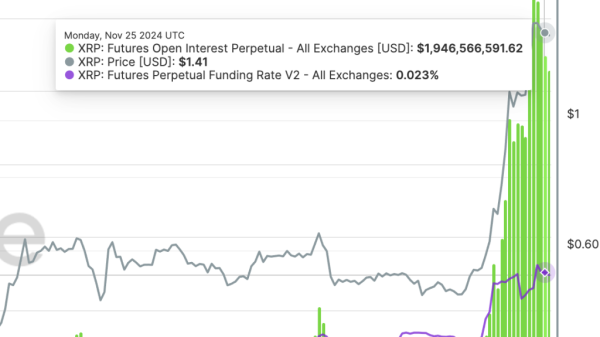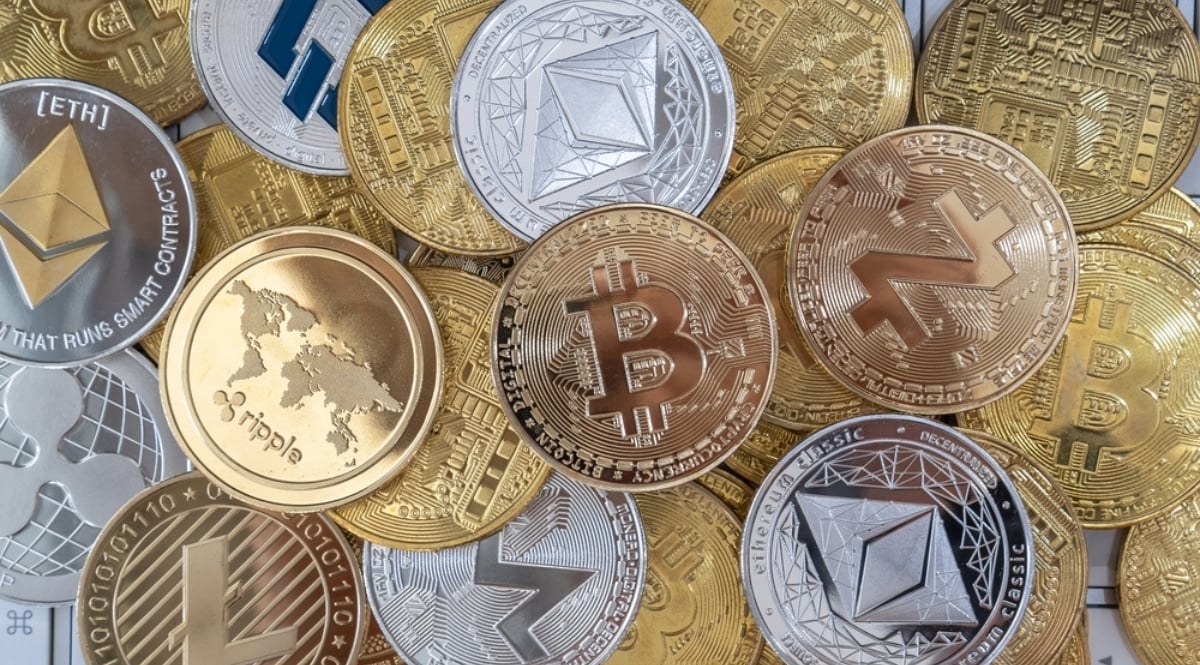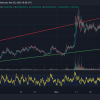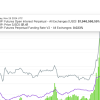As witnessed in the recent developments in the realm of cryptocurrency, altcoins experienced an unexpected upsurge of 14% following the Federal Reserve’s surprising hike in interest rates by 50 basis points. This article aims to highlight the significant impacts of this on the altcoins sector.
The correlation between traditional financial instruments and digital currencies is one of the intriguing phenomena experts have been examining. The surge of altcoins after the monumental decision by the Federal Reserve is a fascinating example of this correlation.
The Federal Reserve’s decision to institute a 50 basis point increase in the interest rates marked a significant shift in the fiscal policy of the United States. It was meant to alleviate the negative impact of the COVID-19 pandemic and the economic downturn associated with it. This move by the Federal Reserve was unexpected, leading to widespread impacts across different financial domains.
One unique aspect was the direct impact on the altcoins sector of the cryptocurrency market. In the wake of this announcement, altcoins such as Ether, Litecoin, and Bitcoin Cash soared by 14%. As reported by leading financial brokerage sites, this sudden surge shed light on the intriguing relationship between altcoins and traditional financial mechanisms.
Investors and financial experts alike have been closely monitoring the leap in altcoins prices. The digital currency realm responded to the Federal Reserve’s decision in a swift and robust manner. Where conventional markets had a mixed response, the altcoins sector displayed an instant spike, reinforcing the notion that cryptocurrencies act as an inflationary hedge. This responsiveness to monetary policy changes is an influential factor that investors consider while dealing with these digital currencies.
Furthermore, this unexpected altcoin surge provides an interesting perspective into the role of central banks in shaping the cryptocurrency market. Though the autonomy of digital coins from government control is a well-documented attribute, the influence of macroeconomic decisions on cryptocurrency cannot be disregarded. Whether this surge in altcoins is just a short-term market reaction or indicative of a long-term trend, it undoubtedly adds a dimension to the financial research in this direction.
The impact of this altcoin surge can also be seen in the increased market interests. More investors are gravitating towards altcoins as a viable alternative to traditional currencies. This is likely to diversify market demographics and may accelerate a global shift towards the adoption of cryptocurrencies.
Hence, this upswing of altcoins post the Federal Reserve’s decision serves as a testament to the dynamic nature of the cryptocurrency market. It underscores the need for constant market monitoring and the importance of understanding the economic decisions which can have a profound influence on the value of altcoins.
It’s vital to note that although altcoins demonstrated a positive reaction to the Federal Reserve’s decision, any investment in cryptocurrencies should always be approached with caution. Digital currencies carry substantial risk given their volatility; thus, they might not be a suitable option for all investors, and careful analysis and assessment of risk tolerance are recommended before venturing into cryptocurrency investments.
In conclusion, the recent surge in altcoins after the Federal Reserve’s 50 basis point increase demonstrates the intricate linkages between traditional financial policies and the digital currency market. As the cryptocurrency landscape continues to unfold, these kind of correlations will play a crucial role in shaping the future of digital finance worldwide.






























